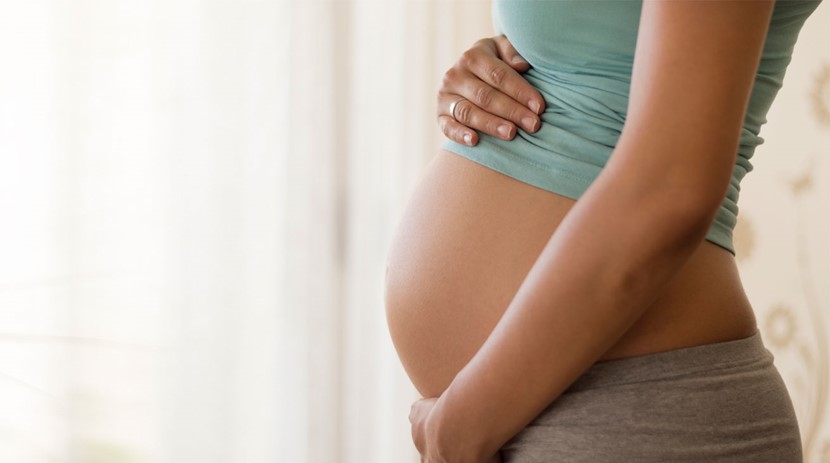Episiotomies: what's involved?

What is an episiotomy?
This is a surgical cut or incision that is made into the perineum. An area between the vagina and the anus.
Why is this done?
This procedure is done to widen the passage that the baby's head comes out of.
Where is it done?
Either at the midline or angled to the side.
What happens afterwards?
This incision is usually sewn up after the delivery with dissolving stitches, so there's no need for removal.
What about pain?
Unless you have already had a spinal or epidural anesthetic you'll be given a local anesthetic, so you shouldn't feel pain from an episiotomy.
Why might you need an episiotomy?
This procedure is recommended when your baby is premature and there could be pressure on the baby's skull, which will be more fragile than a full-term baby. It's also recommendable when a rapid birth is required due to stress from the baby.
Criticism:
There have been differing debates on the procedure. Some obstetrics perform this procedure almost every time. While other critics believe that it causes undue pain, and lengthens the rehabilitation period by causing pain during urination, sexual intercourse and defecation. However if this procedure is not performed it may result in a tear that occurs naturally, which some believe heals quicker. However one must be aware that if this procedure is not performed (when it is required) a larger tear may result. It is recommended that the majority of births should not need this procedure.
How to avoid this:
If both mother and baby are doing well then the delivery should not be hurried so that sufficient time is given to allow the perineum to stretch naturally. Despite you see actors doin on on TV - the concentrated pushing whilst holding their breath - that is not actually recommended. The mother should control the pushing to the status of the perineum. Even gently pushing between uterine contractions can ease the baby's head out.
Massages and heat applied to the perineum can assist with avoiding a tear or episiotomy. Support can be applied to the perineum by hands to offer counter support. Squatting instead of lying on your back during delivery can also prevent undue tearing.
You should question your healthcare provider if they mention "routine" episiotomies.

